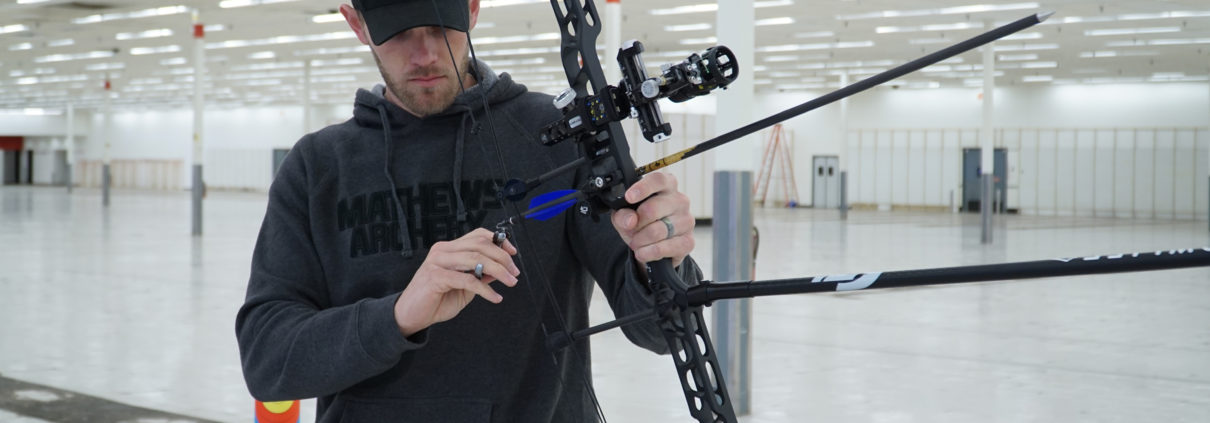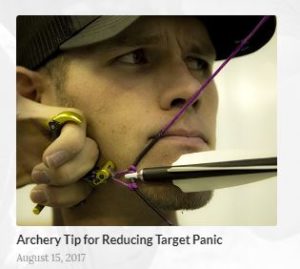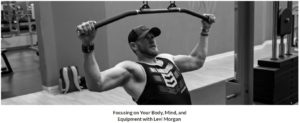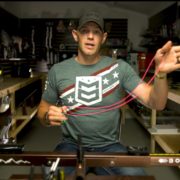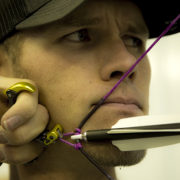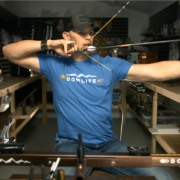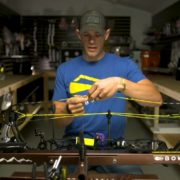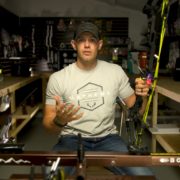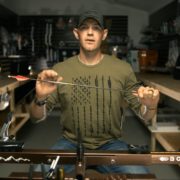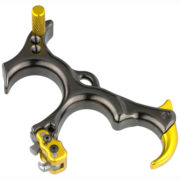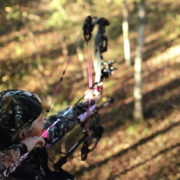How Competition Archery has Made Me a Better Bow Hunter
Transitioning from Competitive Archery into Bow Hunting
Being a competition shooter has no doubt made me a better hunter. Every week I compete, I’m faced with the same pressure I experience during that decisive moment of a hunt. The stress of shooting at a deer’s vitals is the same I experience trying to keep myself together when shooting that final arrow in competition. The level of preparation and mental toughness I’ve learned from being a professional archer has allowed me to excel under pressure when in the stand bow hunting.
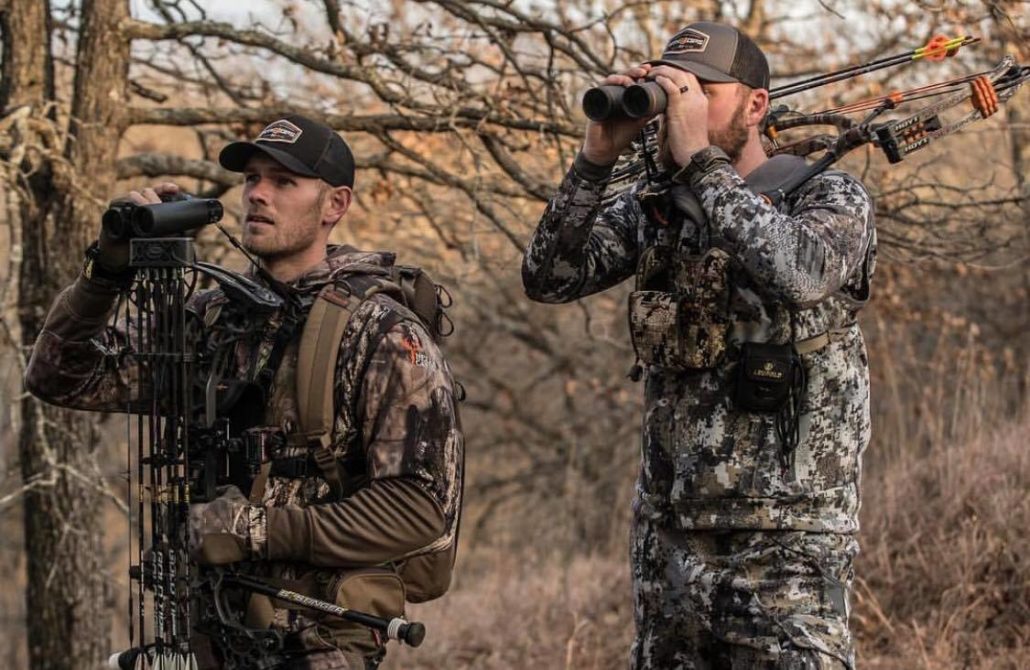
Finding Gear
Many people get caught up in gear brand and types, when they need to focus on fit. Finding the right gear, the basic process for competition shooting and bow hunting are the same: decide on the gear that fits you well.
Gear brand isn’t as critical as gear comfort. In today’s industry, most top end bow manufacturers make quality products. The key to shooting these quality products well is searching for brands that feel comfortable to you. When you shop, try every bow you can. Put it in your hand, shoot it, and concentrate on how it feels. It has to feel right to shoot right.
Once you have equipment that feels right to you, you can balance and tune it with precision (paper tuning for example). A properly tuned bow creates a more forgiving shot in the field and the stand. I have an entire video playlist on how to properly tune your bow and some top notch archery tips.
Proper Archery Form
Target shooting has defined how I shoot. Whether you’re shooting at a deer, or shooting at a target, it’s important for you to be straight. This means you should be in a straight line, feet shoulder width apart, with no leaning or tilting. Your arm should be “straight relaxed”. However, despite understanding these basics of shooting a bow, I don’t want you to get caught up in the details. Why? Because I’ve been by guys that have a form that you would never find in an archery book. Whether you’re bow hunting or competing, there is no such thing as “perfect archery form” despite what many people have you believe. In fact, there isn’t a right or a wrong form. Success simply depends on how repeatable your form is.
Some of the best shooters in the industry don’t shoot by the “book”. They simply have a process that they can follow time and time again. They know this process produces results, and it allows them to focus on simply aiming, rather than hitting their target.
The same theory applies to bow hunting. If your form is repeatable, your shot will be repeatable when you need it the most. When you pull back on a deer, you shouldn’t be thinking about proper form, you should be thinking about aiming and the end result. This is crucial when developing your shooting process.
Develop a Process
Developing a process is critical in competitive archery. Developing this type of process can improve anyone’s success when bow hunting. If all you’re thinking about is not messing up the shot, then you’re likely going to mess up the shot. That’s why you need to think about a single step of the process, and rely on your instincts to follow through with the rest.
So how do you develop a repeatable process? By breaking your goals into small steps. You need to be able to think about each of these steps rather than focusing on the big situation (like not missing that deer). The right process is one where you think about aiming, and everything else just happens.
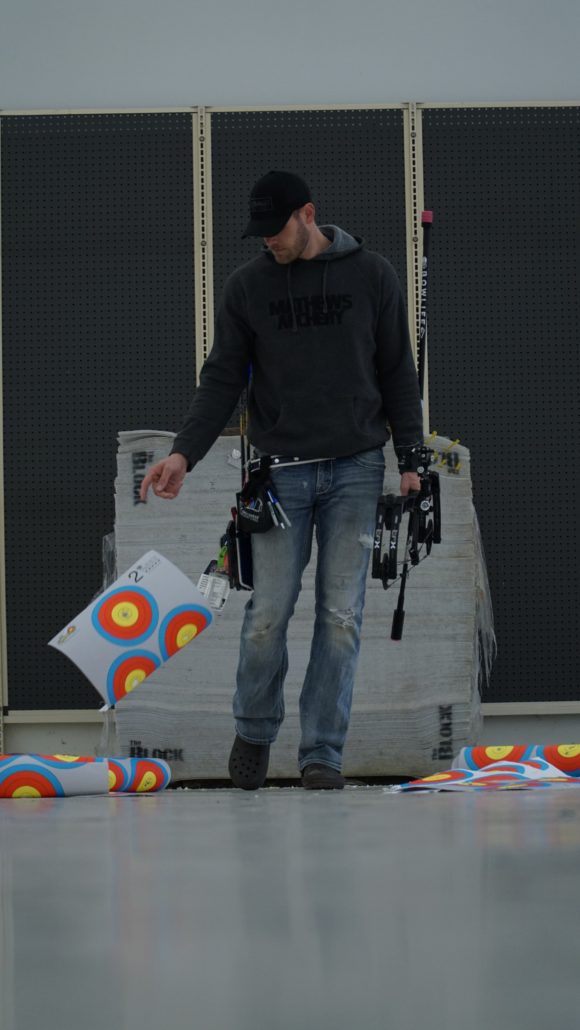
My shot process looks like this:
- When a deer is coming in, I only focus on ranging him. By focusing on how far he is, my mind isn’t focused on the situation. This keeps the pressure under control.
- When I come to full draw all I focus on then is aiming. I literally tell myself time and time again to “just aim”. You should never be focusing on firing that release. The release should be a subconscious movement, your consciousness should be focused on aiming that pin.
Below are a few drills I recommend to develop this shooting process:
- Aiming Without Firing an Arrow
Hold it for as long as you can until your form starts to break down. You learn to ease your mind and the anxiety when firing your shot. You are also building your stamina.
- Blind Bailing
This is where you walk up within 2 or 3 yards of a target and close your eyes. Picture your pin being in the middle and practice firing over and over again. Learn what that surprise release feels like. Doing this will create a much more fluent shot.
- Long Range Shooting
Shooting from a distance magnifies everything. That’s why long range shooting is my go to drill for competition and archery. If I need to shoot from 40 yards, then I’ll practice at 80. Doing this magnifies any issues I might be having with my bow or my form. This also makes shooting closer seem so much easier.
Handling Pressure
Where target experience shines is when a person has to deal with pressure as a hunter. There are many similarities between archery competitions and hunting situations, and pressure is a big one. With bow hunting, you’re faced with the pressure of “one shot”. You have only one chance to execute this hunt. With one mistake you could miss the deer and the opportunity will be over. As a hunter, you may only experience this feeling a few times a year, so it can get the best of you.
However, with competition archery you experience this feeling every week. You learn to excel when put in high stress situations week in and week out. This constant pressure builds mental toughness. This is a toughness you can take to the stand.
By practicing the tips above: finding a comfortable bow, properly tuning, developing a process, and practicing, you can overcome any target or buck pressure. Remember to break your goal down into actionable steps that will allow you to focus on aiming, and not panicking, during the shot.
Putting it Together
Many hunters practice a few days before season, at twenty yards, and call it good. However, that won’t result in a successful (or ethical) journey as a hunter. It’s your responsibility to make the shot at your highest potential.
Much of my success as a hunter comes from the time I put in as a tournament shooter. As a hunter, it’s your job to put in time, every day, to assure you are successful as well. I can’t emphasize enough the importance of learning how to develop a process and focusing on the individual tasks of that process. To do this, you need to create subconscious actions you can only achieve through practicing. Remember to reach your full potential, learn how to keep your mind on aiming at full draw and letting the process handle the rest. Then you’ll find success too.

